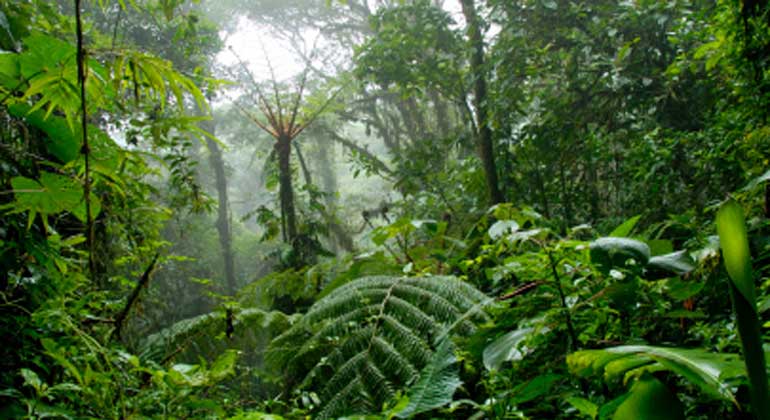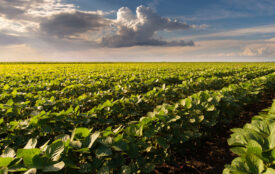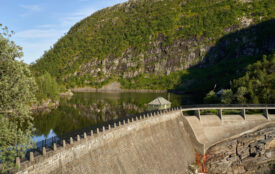Rainforest at Risk
AmazonFACE Research Project on the Effects of Climate Change on the Rainforest
The Amazon rainforest stores large amounts of the climate-damaging greenhouse gas carbon dioxide. However, deforestation, agricultural expansion and rising temperatures are pushing the storage capacities of the tropical forest to a limit. It is unclear how long the forest will remain a carbon sink. An international team is working together with the Technical University of Munich (TUM) to answer this question.
“AmazonFACE is the first FACE experiment in the tropics,” explains Professor Anja Rammig from the Technical University of Munich who is investigating land surface-atmosphere interactions as part of her professorship. She is collaborating on the international project with her Brazilian colleague David M. Lapola of the University of Campinas in Brazil.
FACE stands for “Free Air CO2 Enrichment”; it describes an experimental technical set-up, in which the ambient CO2 concentration is artificially increased in the field. This enables realistic investigation of how future carbon dioxide concentrations will affect the ecosystem.
The AmazonFACE project will collect data for at least ten years in the Amazon rainforest approximately 70 kilometers north of Manaus in order to answer open questions: what happens if more and more CO2 accumulates in the atmosphere? How much CO2 can the Amazon rainforest store? Is there a limit?”
The Amazon FACE project: What impact does climate change have on the rainforest?
AmazonFACE’s experimental set-up
There is already a research station, which has been operated by the Brazilian National Institute for Amazonian Research (INPA) for about 20 years, on the 25,000-hectare area designated for the large field trial.
For the FACE experiment, several rings comprising 10 filigree steel towers shall be created with nozzles which “fertilize” the rainforest from the ground up to the tops of the trees to a height of about 35 meters with CO2.
FACE experiment prototype is already delivering initial research results
The experiment is currently being carried out on a small scale in so-called open top chambers: Climatic chambers of about two meters in height and diameter, which are open at the top, are used to fertilize smaller rainforest trees with CO2. The prototype of the large FACE experiment.
The team from INPA in Manaus checks several times a week how, for example, the leaves are developing and observes root growth and what is happening in the soil with special cameras. The team looks after the maintenance of all the measuring instruments and the supply of carbon dioxide for the experiment.
Anja Rammig and her team from the Technical University of Munich have a focus on ecosystem modelling. “Current models are missing important processes and the CO2-fertilization effect is strongly overestimated in most of the models,” said Professor Rammig. The AmazonFACE experiment will enable us to gain numerous new insights for model development. These will contribute to making more reliable predictions and finally for improving global climate projections.
Publications: David M. Lapola, Patricia Pinho, Carlos A. Quesada, Bernardo B. N. Strassburg, Anja Rammig, Bart Kruijt, Foster Brown, Jean P. H. B. Ometto Adriano Premebida, José A. Marengo, Walter Vergara, and Carlos A. Nobre: Limiting the high impacts of Amazon forest dieback with no-regrets science and policy action, PNAS 2018. DOI: 10.1073/pnas.1721770115








